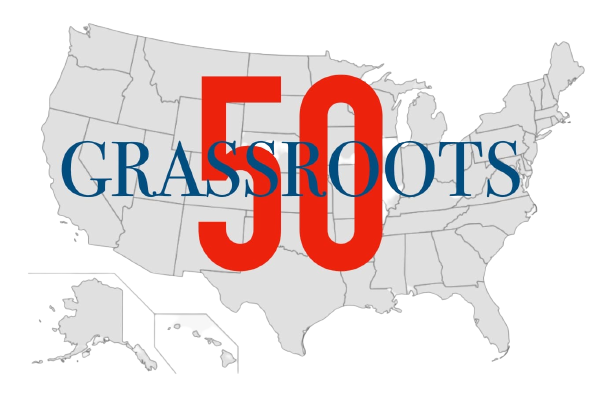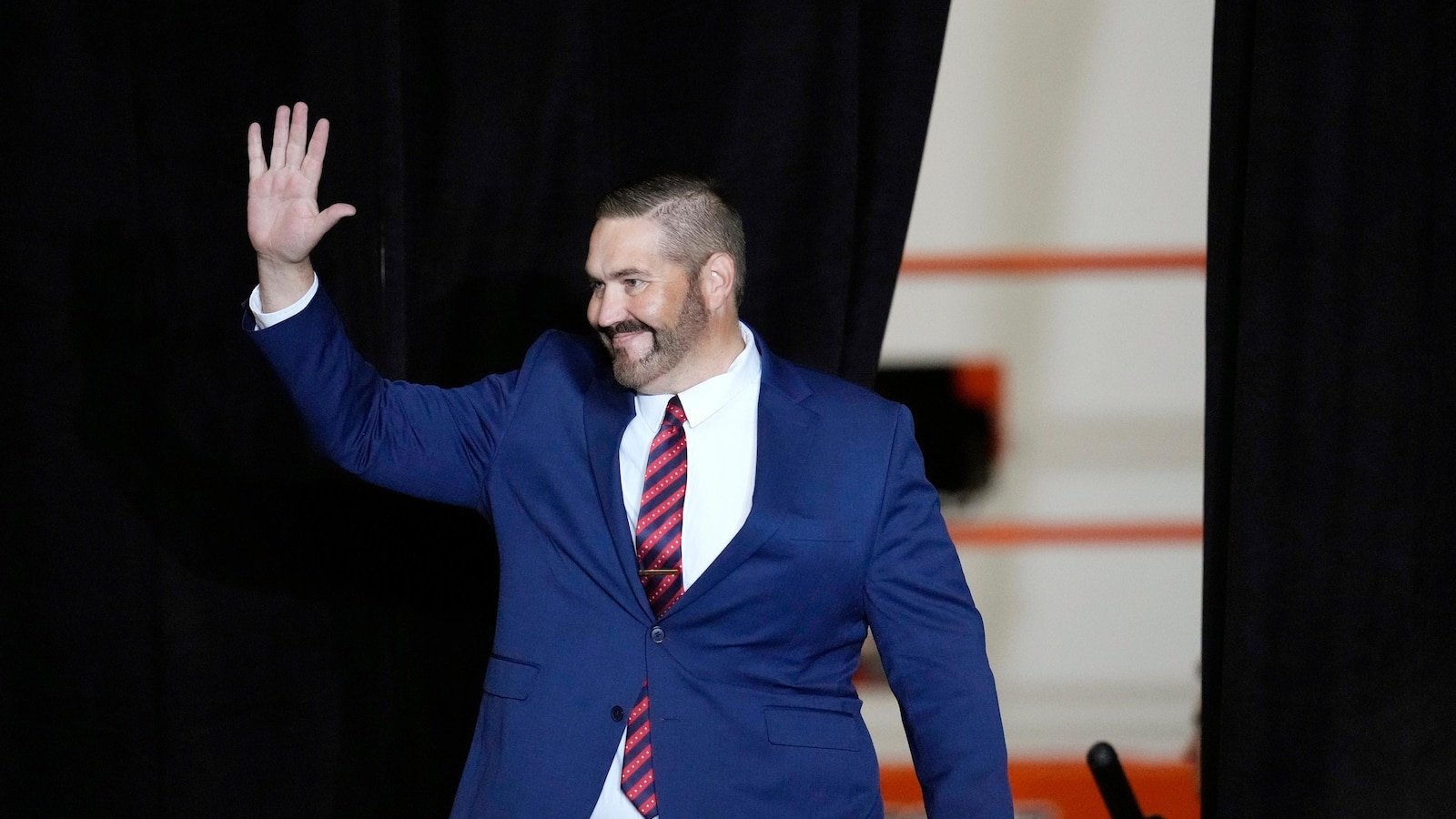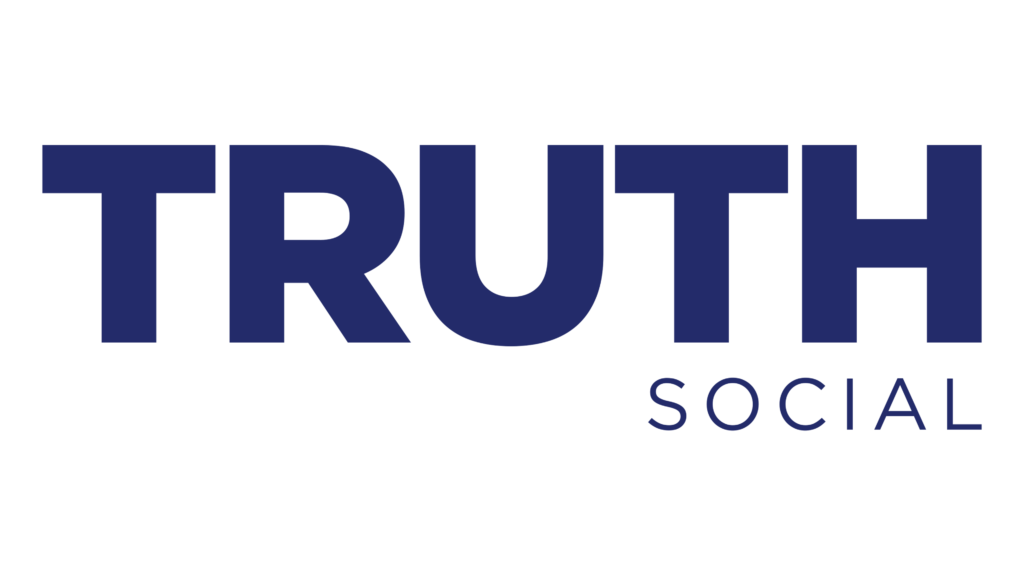Should taxpayer money intended to fund Arizona’s transit system be used for transportation that the average Arizona citizen doesn’t use regularly?
A group of bureaucrats are trying to lure Congress into approving a plan of wasteful spending that doesn’t actually prioritize improving the highways, roads and transportation in the region you depend on every day.
Since 1985, Maricopa County residents have paid a half-cent sales tax to grow and strengthen the Valley’s transportation network.
Taxpayer reinvestment in the area has played a key role in economic development and a significant improvement in the quality of life for the county and its residents.
Despite its success, the Maricopa Government Association (MAG) is now calling for harmful changes in how these taxes are used.
Plans may move funds on a whim
When Proposition 400 to renew the 0.5 cent sales tax was put to the ballot in 2004, taxpayers knew exactly what they were funding.
MAG 2003 Regional transportation plan Identified specific highways, highways, intersections, and transportation projects. The plan was transparent, scrutinized, and open for voter review.
Unfortunately, the idea that taxpayers should know exactly what they’re paying for has been largely dropped from the latest proposals to renew taxes for another 20 years.
Another way of looking at it:Don’t let meddling senators tank transport
Based on the Joint Legislative and Budget Committee’s tax revenue estimates, the plan will include bike lanes, pedestrian paths, lane reduction slush funds, and other projects that allow the government to use your funds. More than $3.2 billion has been allocated to undefined projects for regional programs. Intended for projects that the average Maricopa County resident does not have access to on a daily basis.
Even more worrisome, the plan introduces a new mechanism that has never been called for in 40 years of regional transport planning.
MAG wants voters to approve allocations to roads and transportation, but also wants voters permission to shift about $1.2 billion from road projects to other things it deems to be a higher priority. there is
Voters have no say in how their tax money is spent.
Very few people use public transportation. Why pay such a high subsidy?
Since the original Proposition 400 was passed, 66% of funds It was assigned to build a network of highways and roads used by nearly everyone who pays taxes.
A functioning and robust highway system will reduce congestion, shorten commuting times, and alleviate supply chain problems that contribute to high commodity prices.
but, their new proposalMAG cut funding for certain highway projects by 37% to 42%.
Additionally, MAG’s proposal cuts highway and road funding to increase transportation subsidies by as much as 36%.
A well-run and efficient transport system is critical to Valley mobility, but efficiency is not part of their plans.
When the Proposition 400 was first sold to voters 20 years ago, MAG’s fare revenues would account for 30% of Valley Metro’s bus operating costs.
but when Audited in 2019with less than 13% of its operating costs covered by revenues from bus fares and 33% less efficiency than comparable systems in Dallas, Denver, Houston, Portland, Salt Lake City, and San Diego.
Now, with Proposition 400 nearing its end, fare revenues account for 7.5% of bus operating costs, meaning we continue to lag behind our peers.
It’s our job to protect voters and taxpayers
Voters should be given the opportunity to choose whether to extend the transport financing scheme that has benefited the valley for 40 years. MAG does not want to give the public that choice.
Luckily for voters and taxpayers, the tax increase extension needs to get Congressional approval before it can be put on the ballot. Voters have asked us to protect taxpayers instead of expanding inefficient government programs.
We want the plans proposed to our voters to respect the needs of Arizonans, the ways we choose to travel, and the money that comes out of our pockets to benefit our communities. By guaranteeing, we intend to fulfill that responsibility.
We, members of the Senate Majority Group, believe there is value in extending Prop. 400 to provide transportation funding, but the MAG is asking us to come up with an appropriate extension to put before voters. did not provide.
They have created a great government fantasy that foolishly tries to influence the way people travel rather than cater to their citizens’ preferred travel choices.
Senator David Farnsworth is the representative of Mesa Legislative District 10 and chair of the Senate Technology and Transportation Committee.please contact him dfarnsworth@azleg.gov.
















